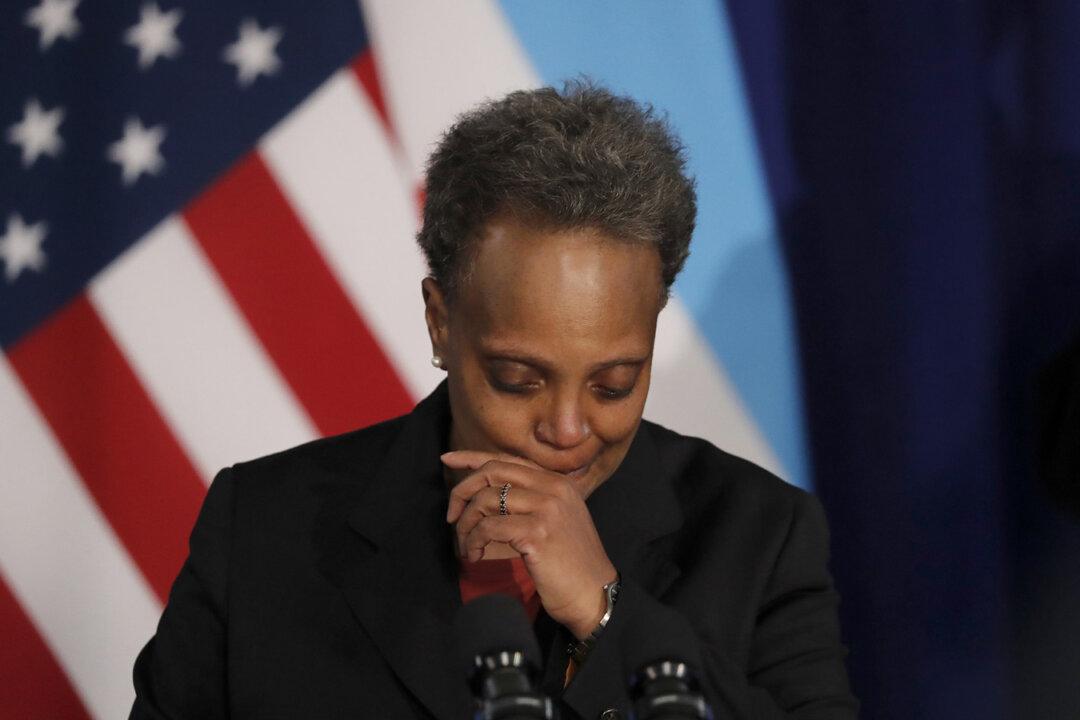Commentary
Chicago Mayor Lori Lightfoot recently summarized the core problem with Chicago’s public education system in plain but powerful terms.

Chicago Mayor Lori Lightfoot recently summarized the core problem with Chicago’s public education system in plain but powerful terms.